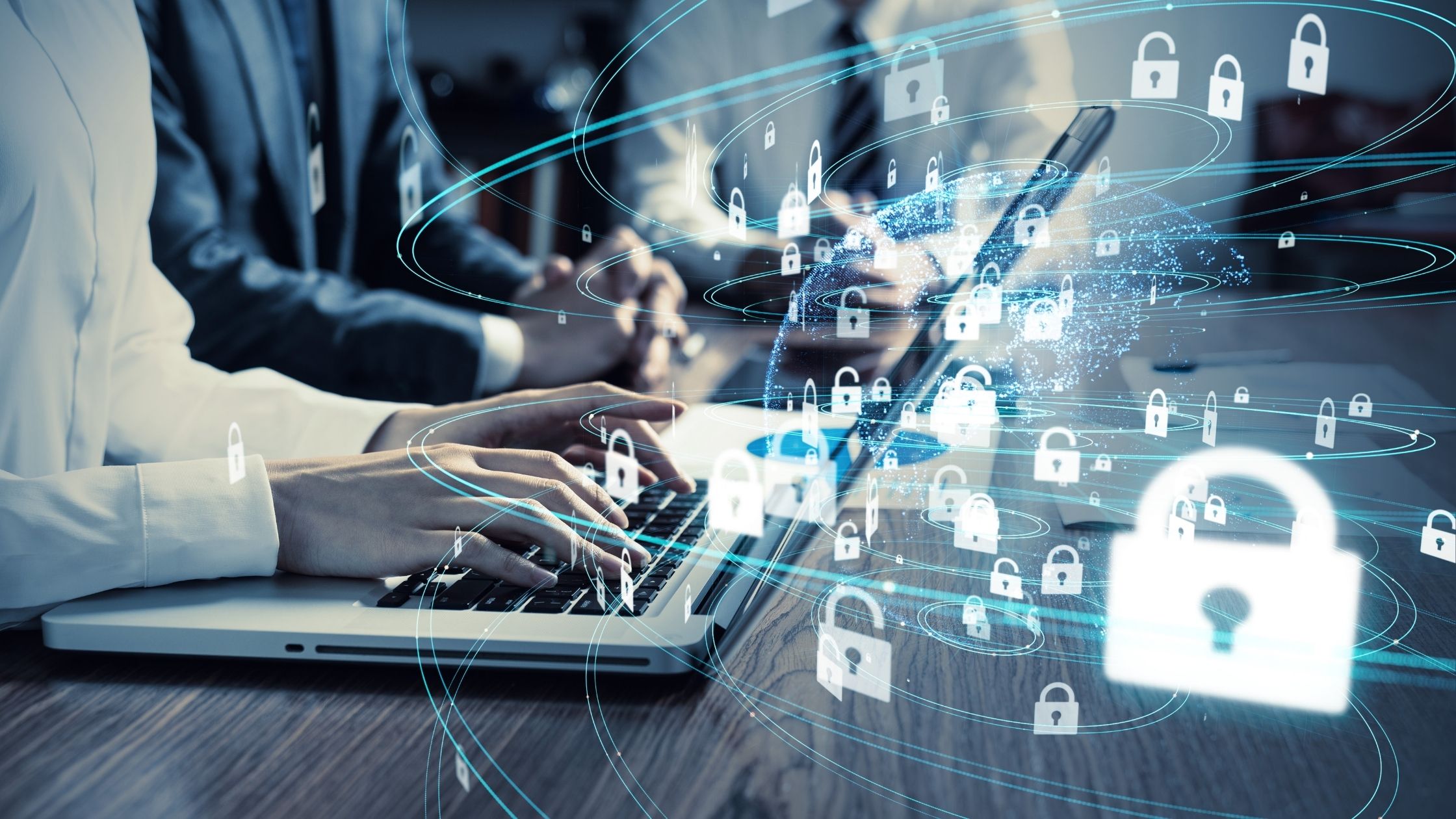Artificial intelligence (AI) is a really innovative feat of computer science that is poised to become a critical component of all modern software in the future years and decades. This is both a threat and an opportunity. In this blog, we discuss AI and cyber security.
AI and Cyber Operations
Artificial intelligence (AI) will be used to supplement both defensive and offensive cyber operations. In addition, new methods of cyber assault will be developed to exploit AI technology’s specific flaws. Finally, AI’s demand for enormous volumes of training data will amplify the value of data, altering how we must think about data protection. Global governance will be required to ensure that this game-changing technology brings about broadly shared safety and prosperity.
Rapid Growth of AI
In general, artificial intelligence (AI) refers to computational technologies that can do particular tasks in place of human intelligence. This technology is currently evolving at breakneck speed, similar to the exponential growth seen in database technology in the late twentieth century. Databases have evolved into the critical infrastructure that powers enterprise-level software. Similarly, AI is predicted to drive the majority of new value-added from software in the future decades.
Databases have grown greatly in the previous decade to manage the new phenomena known as “big data.” This refers to the extraordinary extent and global scope of modern data sets, which are mostly derived from computer systems, which have come to mediate practically every aspect of daily life.
Artificial Intelligence and Cyber Security
Almost every day, there is a news article about a high-profile data breach or a cyber-attack that costs millions of dollars in damages. Cyber losses are difficult to assess, but the International Monetary Fund estimates that they cost the global financial system between $100 and $250 billion every year. Furthermore, as computers, mobile devices, servers, and smart devices become more prevalent, the aggregate danger exposure climbs by the day. While the corporate and governmental communities are still grappling with the cyber realm’s growing relevance, the application of AI to cyber security heralds even more profound shifts.
One of the primary goals of AI is to automate jobs that formerly required human intelligence. Reduced labour resources required by an organization to execute a project, or the time an individual needs to dedicate to everyday duties, offers huge increases in efficiency. Chatbots, for example, can be used to answer customer service concerns, while medical assistant AI can be used to diagnose diseases based on symptoms.
AI and Cyber Defence
In a simplified model of how AI could be used in cyber defence, log lines of recorded activity from servers and network components can be labelled as “hostile” or “non-hostile,” and an AI system can be taught with this data set to classify future observations into one of those two categories. The system can therefore function as an automated sentinel, picking up anomalous observations from the massive background noise of typical activity.
This type of automated cyber defence is required to deal with the massive amount of activity that must now be watched. Only systems that use AI to perform the work will be able to deal with the complexity and speed present in the cyber security environment in the future.
Continuously retraining such AI models is critical, because, just as AI is used to prevent attacks, hostile actors of all types utilize AI to recognize trends and find weak places in their potential targets. The current state of play is a battlefield in which each side is constantly exploring the other and creating new defences or modes of assault, and this battlefield changes by the minute.
AI may also be used to automate the hunt for software security weaknesses known as “zero-day vulnerabilities.” AI may be used by software designers to test for security flaws in their products, similar to how thieves look for undiscovered bugs in operating systems.

Leave a Reply